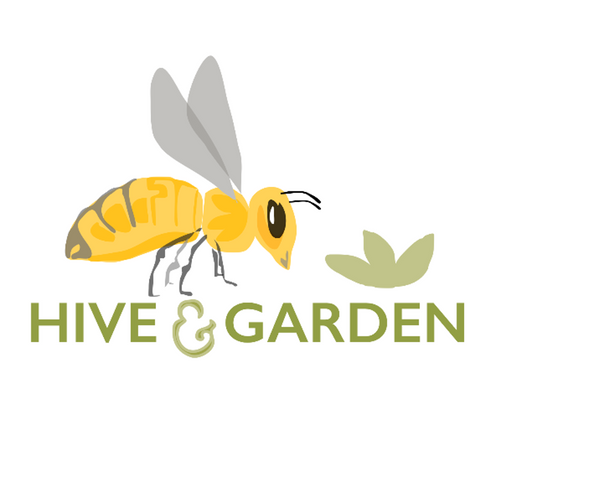Colony Splits: Basic Principles- Part 4
Share
Artificial Swarms
Overview: Colony splits can be a useful tool in swarm management, generally by disrupting the swarm development cycle early in the swarm process. But some splits are better than others at heading off a swarm. Such splits are specifically focused on swarm prevention and are typically referred to as artificial swarms rather than splits.
There are numerous artificial swarm methods, and we can’t cover them all here, so we will start with a simple one and work into the more complex ones. Artificial swarms are great for smaller apiaries, but become less attractive for larger beekeeping operations, because of they take more time and labor than simple splits. Nevertheless, it is worth reviewing these methods.
Artificial Swarms: As the name implies, artificial swarms are intended to trick a pre-swarm (has populated swarm cells) colony into thinking it has swarmed by creating conditions that satisfy its swarming impulse. We will start with a procedure that includes removing the queen from the source hive. It is this removal of the queen that is common to so many artificial swarm methods. However, this method includes removing several combs of brood, which is clearly not like a swarm. So this is a hybrid method that sits somewhere between a typical colony split and an artificial swarm.
Removing the Queen
Step 1: Select your source hive, typically a strong colony with swarm cups or early warm cells, and place a single-box hive with food frames adjacent to it.
Step 2: Find the source-hive queen. (She is typically on a brood frame.) Remove any queen cells and cups from the brood frame and transfer her with the brood frame into the new hive. Transfer one or two more brood combs into the new hive, removing any queen cells and cups. Now transfer 2 food honey/pollen combs into the new hive.
Step 3: The source colony is now no longer queenright, but has swarm cells. This is similar to post-swarm conditions. Backfill the frames you removed from the source hive with empty drawn comb. Rotate the source hive so the entrance is in the back. This will help rebalance the drifting of foragers between hives.
Padgen Method: This split is one of several artificial swarm methods. The main principle is to trick the colony into thinking it has swarmed by displacing the queen from the source hive into a split hive and bleeding off foragers from the source hive. Since this method does require some shifting hive boxes around, it is particularly applicable for single brood box colonies.
Step 1: Select your source hive, typically a hive with a strong population and that has swarm cups or early swarm cells. If it has a honey super, remove it and set it aside. Now shift the remaining source hive three feet to the right.
Step 1b: Install an unpopulated hive with fresh frames and foundation in the original position of the shifted hive. (This will become the split hive.) Then install the honey super on the this hive.
Step 2: In the shifted source hive, find a brood comb with brood in all stages. This comb must be completely free of queen cups and queen cells; remove them if necessary. Find the queen and place her on your selected brood comb. Transfer the queen and comb to the new unpopulated hive. Now cull all but the best two swarm cells in the source hive.
Step 3: After about a week, transfer the source hive (that was shifted 3 feet to the right) 3 feet to the left of previously unpopulated split hive. This will drive foragers into the split hive. Make sure both colonies have plenty of food stores, and feed if necessary. Give the queen a week to settle in and then check the brood in the new (split) hive.
